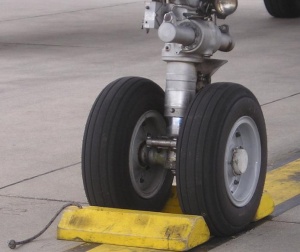
What are road stud functions?
Reflective road studs, often referred to as “cat’s eyes,” are small, raised markers embedded in roads to improve visibility, especially during nighttime or adverse weather conditions. They enhance road safety by providing clear delineation of lanes, edges, and hazards.
How They Work
Reflective Material:
Road studs are made of durable materials and incorporate high-quality reflective materials like glass beads or retroreflective sheeting.
Light Reflection:
When illuminated by a vehicle’s headlights, the reflective material directs light back towards the driver, creating a bright, visible marker.
Enhanced Visibility:
This increased visibility helps drivers maintain their course, especially in conditions of reduced visibility.
Types of Road Studs
1. Plastic Road Studs
Material: Made from durable plastic, often ABS or polycarbonate.
Features: Relatively inexpensive, easy to install, and lightweight.
Advantages: Good visibility, especially when illuminated by vehicle headlights.
Disadvantages: Less durable than metal studs, especially in harsh weather conditions.

2. Aluminum Road Studs
Material: Constructed from strong and durable aluminum alloy.
Features: Highly resistant to wear and tear, making them ideal for high-traffic areas.
Advantages: Excellent durability, long lifespan, and superior reflective performance.
Disadvantages: More expensive than plastic studs.

3. Solar LED Road Studs
Material: Combination of plastic and electronic components.
Features: Incorporate solar cells to power internal LED lights.
Advantages: High visibility, especially in low-light conditions. Can be used in areas with limited or no external power supply.
Disadvantages: Initial cost is higher, and performance may be affected by weather conditions.

Benefits of Road Studs
Improved Visibility:
Enhance visibility, especially in fog, rain, or darkness.
Enhanced Road Safety:
Reduce accidents by providing clear road delineation.
Reduced Driver Fatigue:
Minimize eye strain and improve driver alertness.
Increased Road Capacity:
Improve traffic flow by providing clear lane markings.
Applications
Highways and Motorways:
Guide drivers, especially at night or in poor weather.
Urban Roads:
Improve visibility at intersections, roundabouts, and other complex road sections.
Rural Roads:
Mark road edges and curves, especially in areas with limited street lighting.
Pedestrian Crossings:
Highlight pedestrian crossings and improve safety.

In conclusion, reflective road studs are a vital component of modern road infrastructure, significantly contributing to road safety and efficiency. By enhancing visibility and driver awareness, they play a crucial role in preventing accidents and saving lives.








